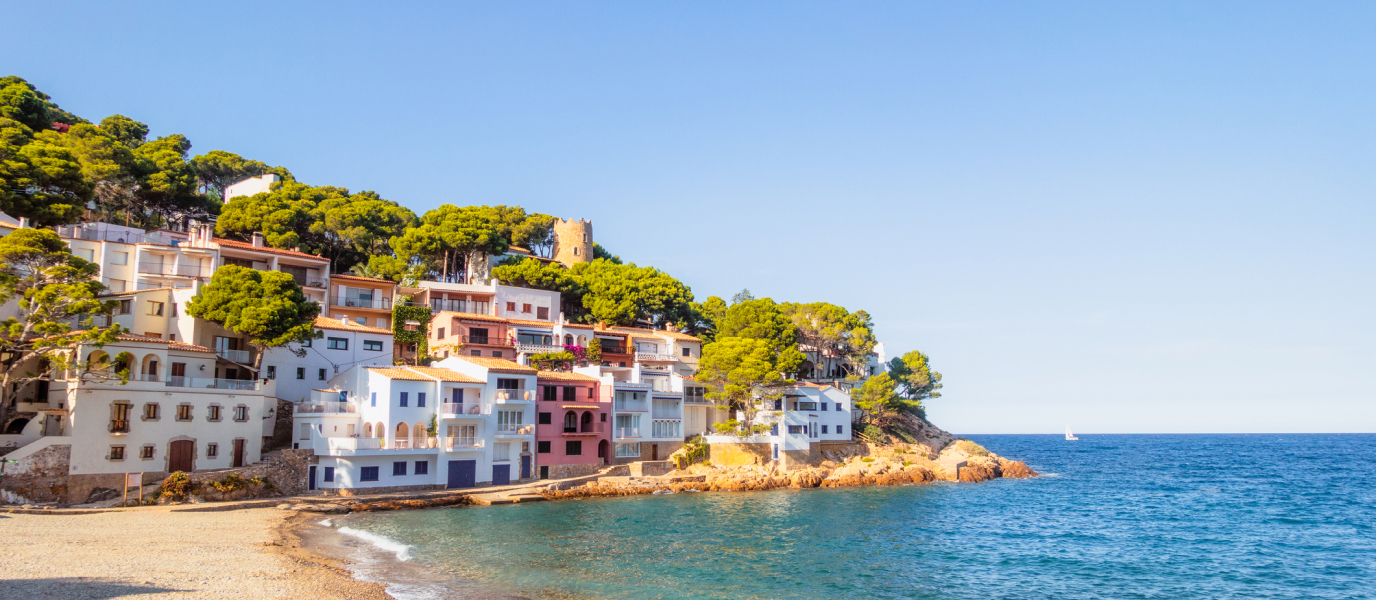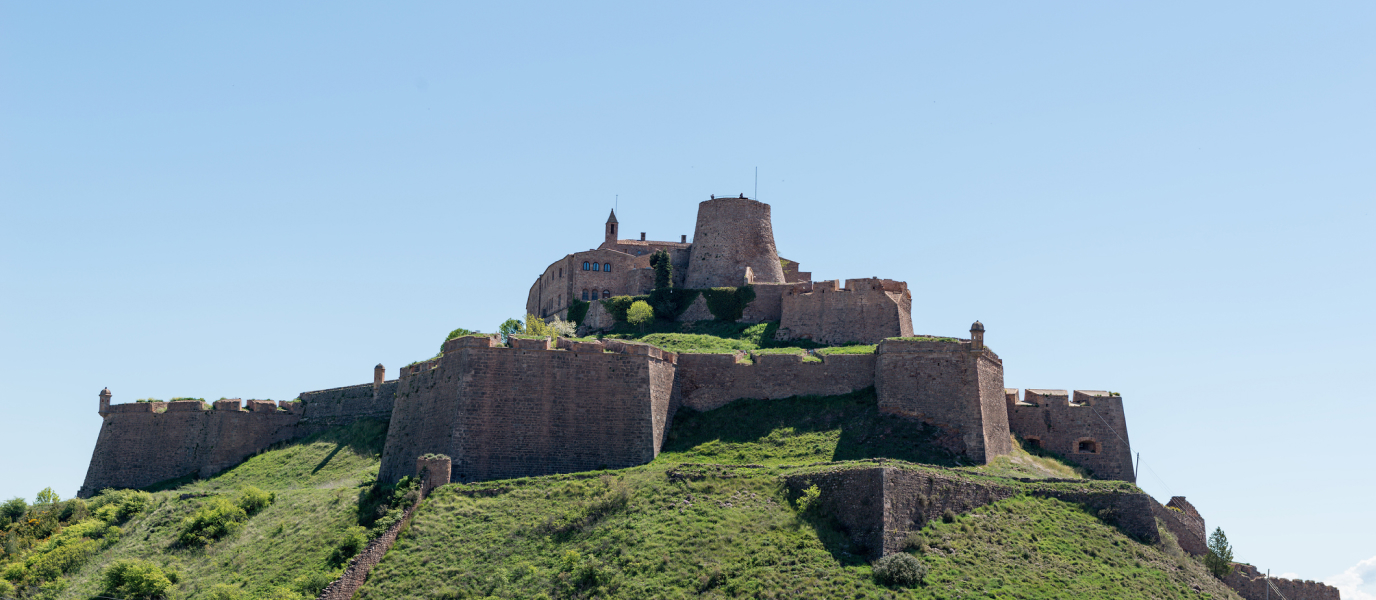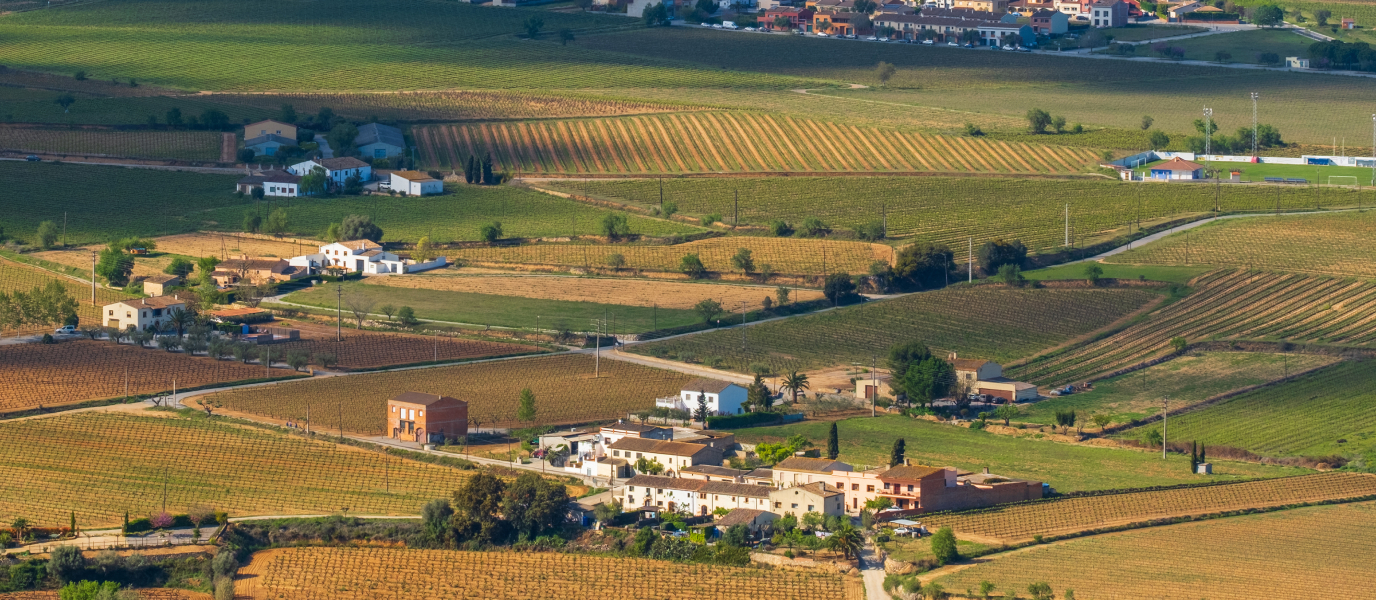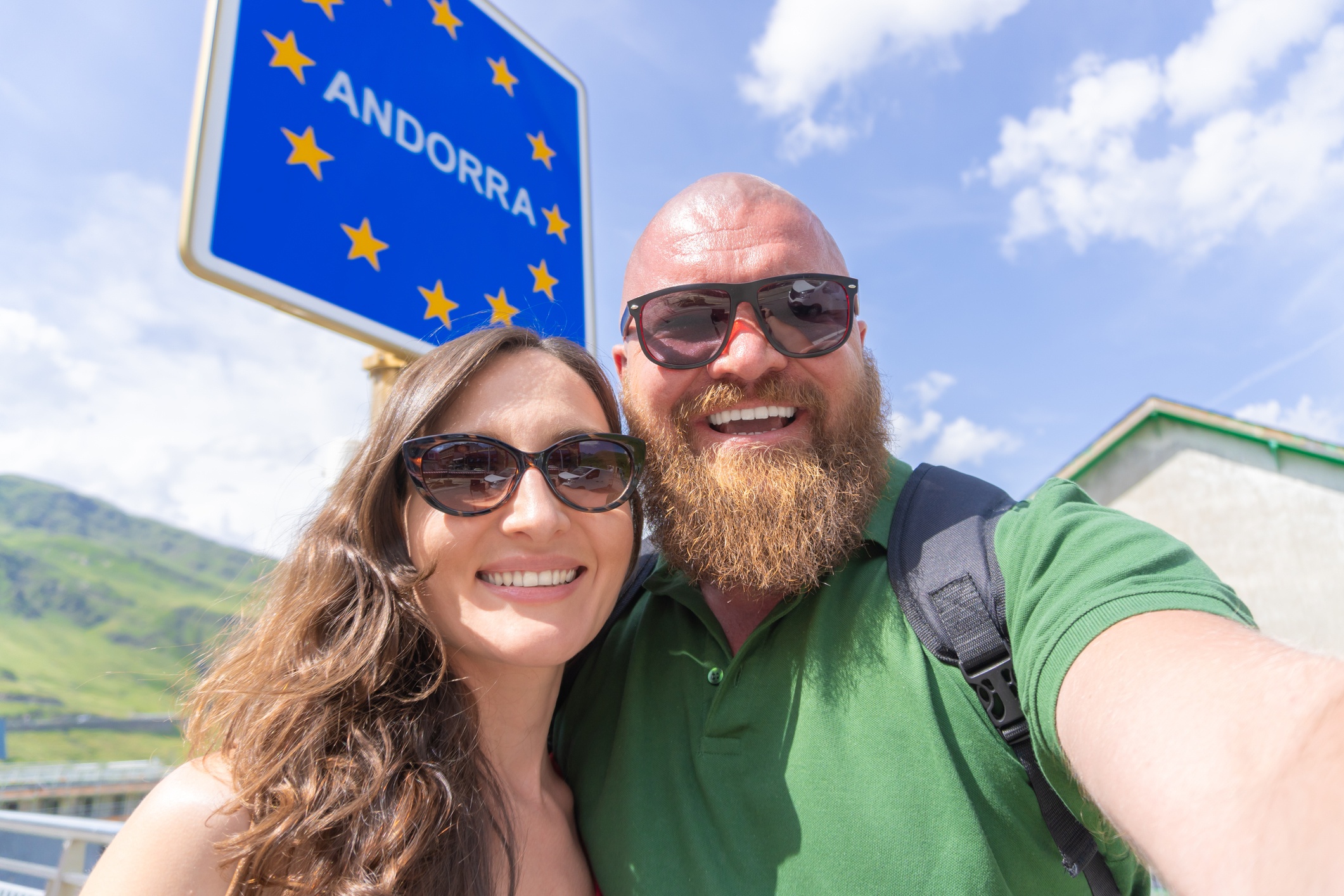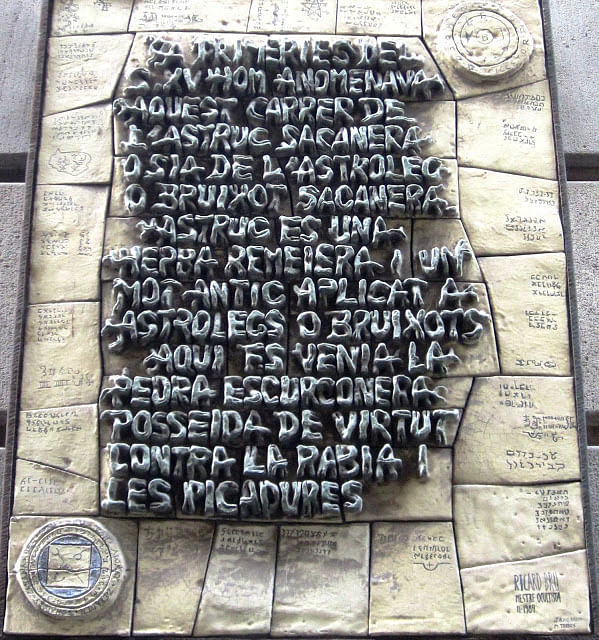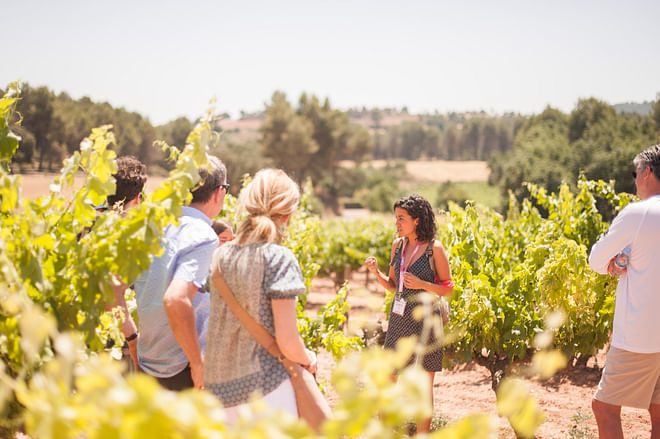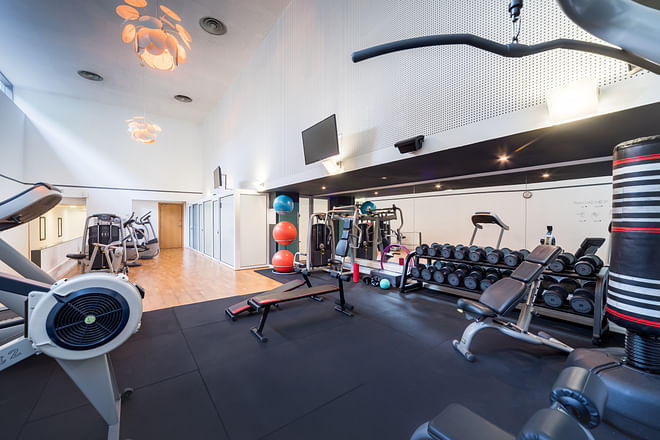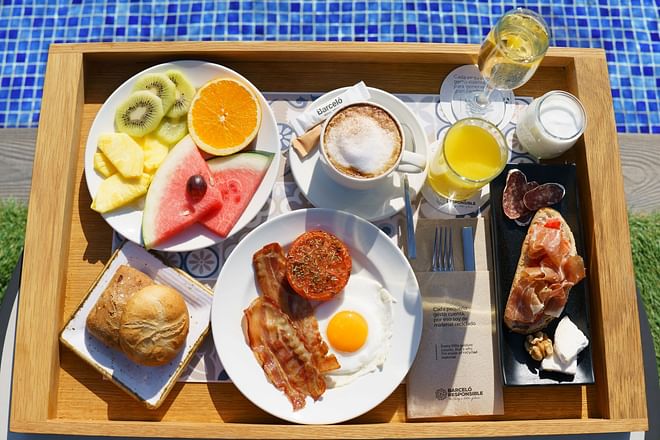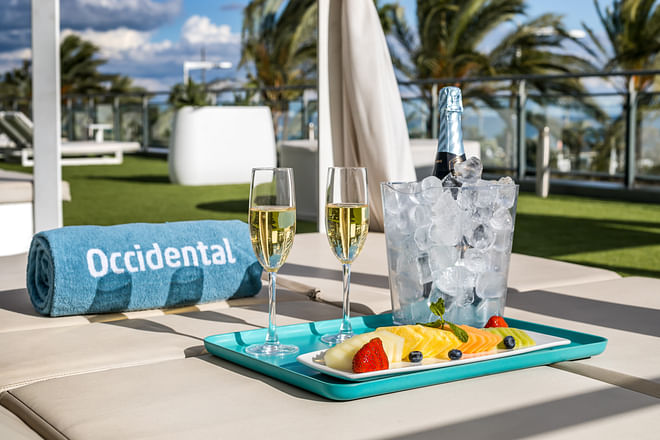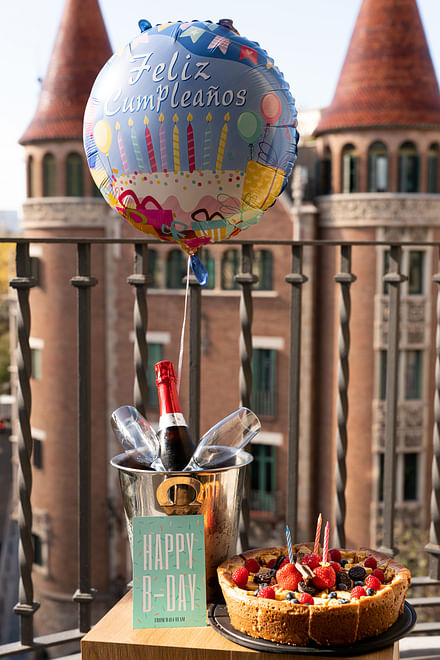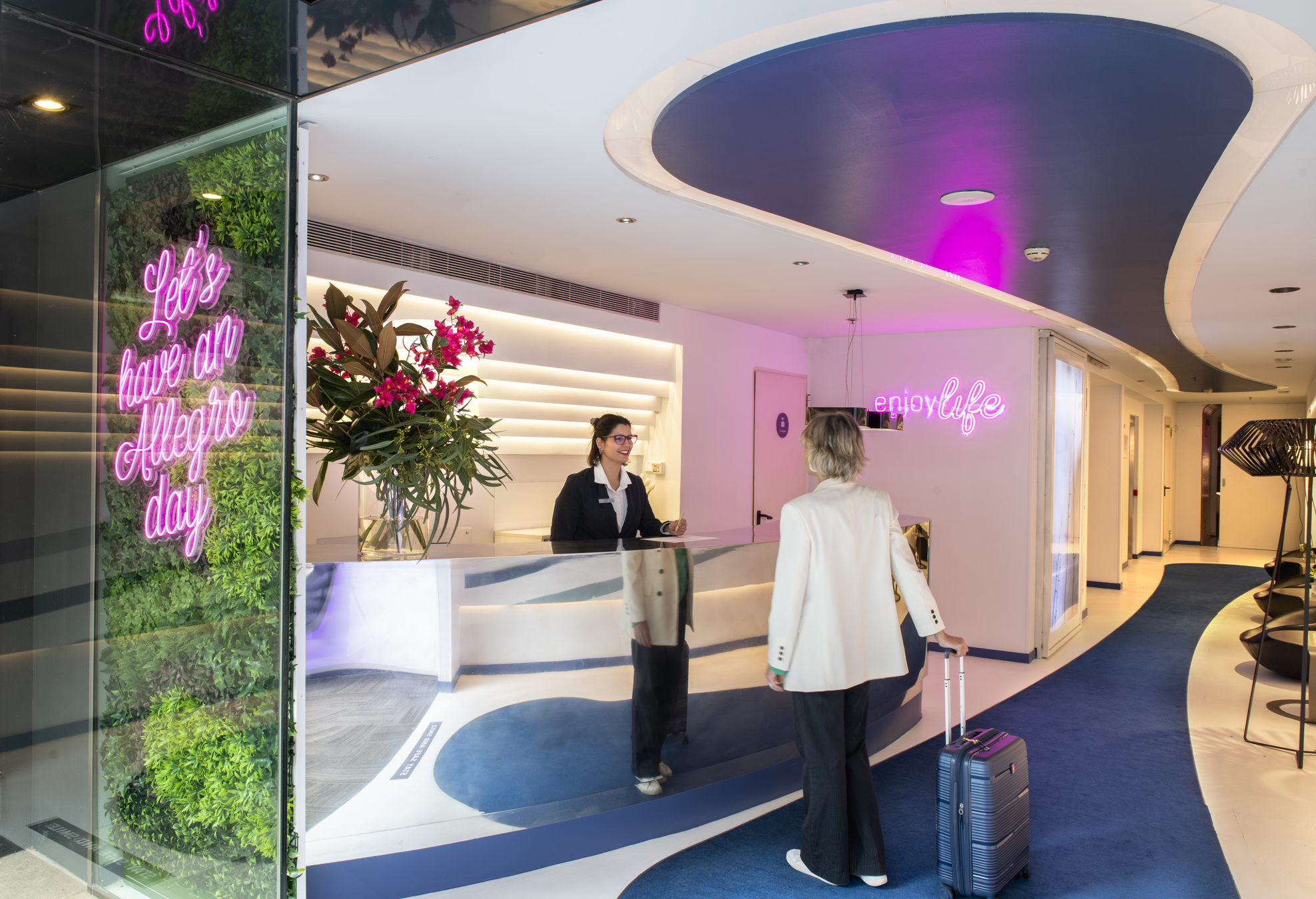The name Costa Brava brings to mind golden sand, rocky coves with crashing waves, crystal-clear water, pristine villages and, above all, the creative spark of Dalí. This almost 200-kilometre (125-mile) coastline in Girona province has such a wide range of tourist activities that you would need at least a week to do them all. We recommend putting aside a few days during your trip to Barcelona to visit the area’s unique villages, explore its stunning natural settings, dive under the waves to discover its sea life and spend the rest of your time enjoying its wonderful food.
Discover the villages of the Costa Brava
Although the name of the coast might make you think that if you visit the area you’ll only see places on the seafront, don’t forget that the Costa Brava also has some beautiful medieval towns inland. We’ll start the tour from north to south, setting off from Cadaqués and visiting Roses, Figueres, Pals, Begur, Calella de Palafrugell, Palamós, Tossa de Mar, Lloret de Mar and Blanes, among others.
Cadaqués and Roses
The tiny village of Cadaqués has barely three thousand inhabitants and is set right on the Cap de Creus peninsula. The success of this beautiful place, once a fishing village, is down to its natural beauty, the idyllic surrounding coves, and the fact that it has long attracted world-famous artists such as Dalí. In fact, the Casa-Museu de Portlligat is dedicated to Dalí, and this space is charged with symbolism that reveals much about this leading light of surrealism and his wife, Gala. The house was constructed without any apparent logic by joining together several fishermen’s huts. Today, you can visit the workshop, library, bedrooms and garden. It is also worth visiting Figueres to admire another of Dalí’s dream-like buildings, this time a theatre—you’ll be astonished.
Roses is located a few miles away from Cadaqués and is set between the sea and the mountains. It has an excellent range of tourist attractions, suiting both water sports fans and visitors who would like to delve into the area’s history. If you’re one of the latter, don’t forget to visit the historical and artistic complex of La Ciutadella, the sixteenth century Renaissance fortress, the Visigothic Castrum, the La Trinidad castle and the megalithic monuments. Its coves are part of the Parc Natural Cap de Creus and here you’ll discover its most authentic side, where indigenous plants species reach down to meet the sea. The beaches here are less wild but also excellent.
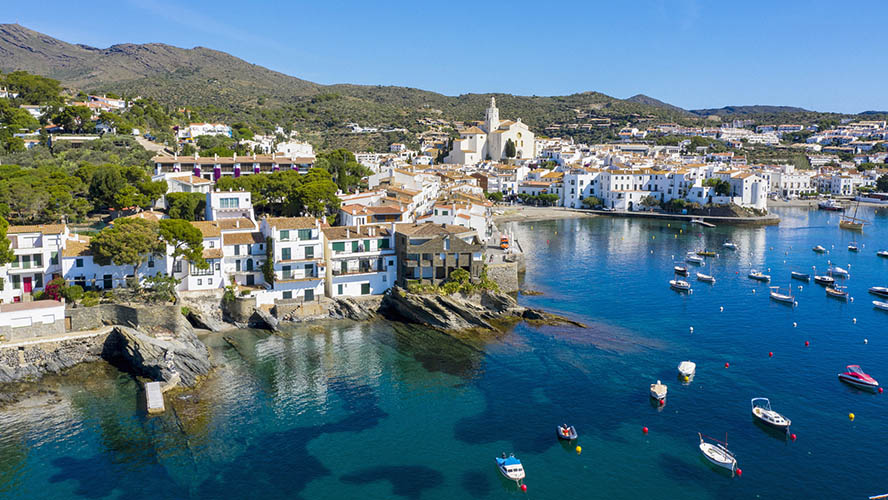
From Pals to Calella de Palafrugell
The tour continues a few miles onwards to Pals, a medieval village of stone houses and enchanting corners where you can take wonderful photographs. Its historical centre is sprinkled with Gothic features and has been declared a Conservation Area. It also has over two miles of coast so you can end your day with a dip in the Mediterranean.
On your way to Calella de Palafrugell, stop for a stroll around Begur; this village spreads out around the remains of a fifteenth century castle that sits atop a huge rock. The stately homes you’ll spot here are sure to catch your eye and remind you of colonial times; they were built by Spaniards who returned home from the Americas after making their fortune.
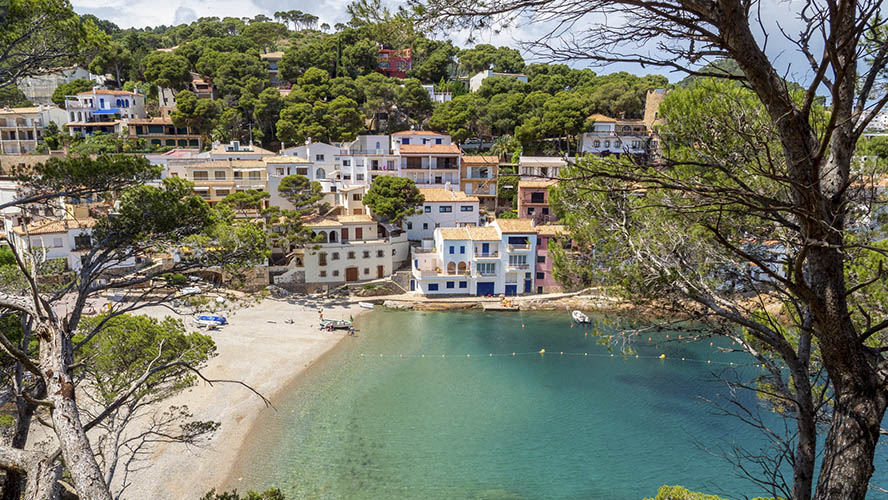
Calella is the next stop; it is one of three towns belonging to Palafrugell and still feels unaltered by tourism. Its narrow streets and low houses with tiled roofs transmit a sense of peace and calm. Make sure to visit its botanical gardens, the Castell de Cap Roig and the Iberian village of San Sebastià de la Guarda.
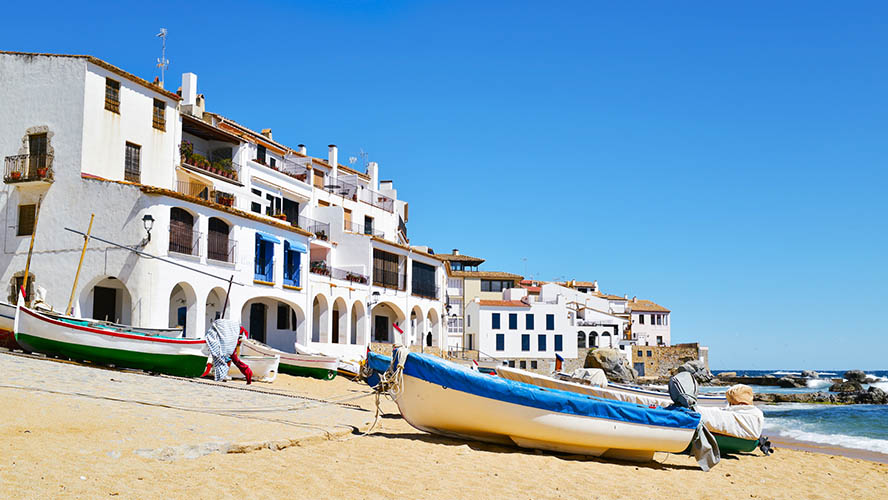
Palamós and Tossa del Mar
The sea has been a constant theme in Palamós, our next stop along the tour, throughout its history. We recommend that you make the most of your stay by learning everything there is to know about the ocean in the Espai del Peix, a culinary classroom where you’ll be taught to recognise fish and also how to cook them. To find out more about the art of catching them visit the Museu de la Pesca, which makes the perfect introduction to your trip to this fishing port. After strolling through the old town and paying a visit to its remotest coves, you should finish by trying the famous red prawn of Palamós; its flavour and texture are simply unforgettable.
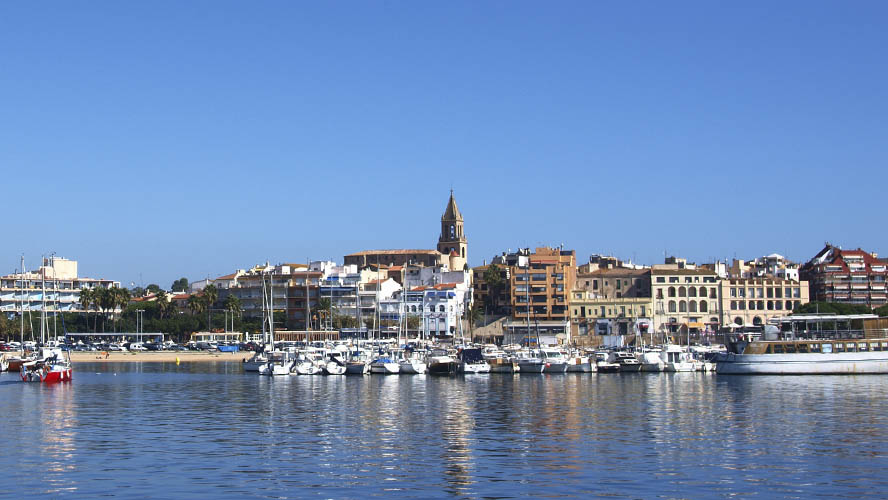
If you’d like to stretch out on a golden sandy beach, head to Tossa de Mar where cliffs protect charming inlets where you can enjoy a dip in the sea. Don’t miss La Platja Gran with its walled fortifications lining the beach at one end. The cobbled streets of the town invite visitors to lazily wander around and enjoy the moment.
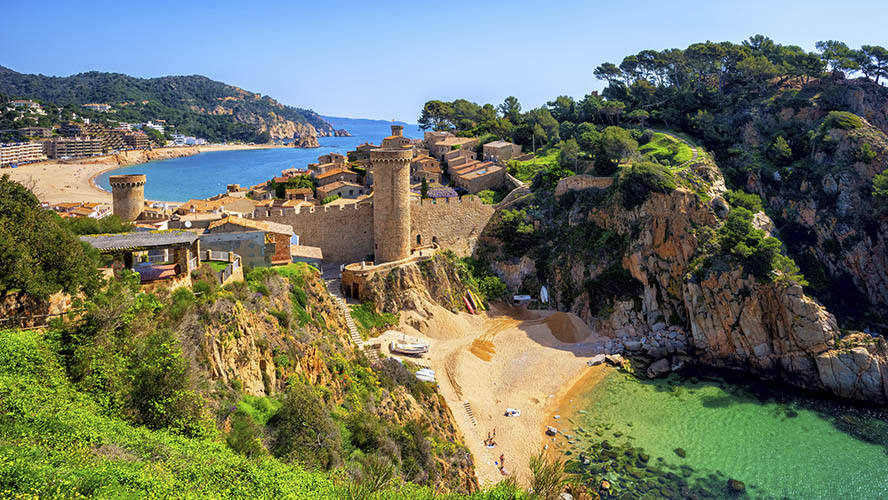
Lloret de Mar and Blanes
Now on the final stretch of our Costa Brava tour, we come to Lloret de Mar, one of the coastal towns that is most popular with tourists thanks to its wide range of attractions: an interesting historical centre, well-looked after beaches, the beautiful Jardí Botànic Santa Clotilde and Water World, one of the best water parks in Europe.
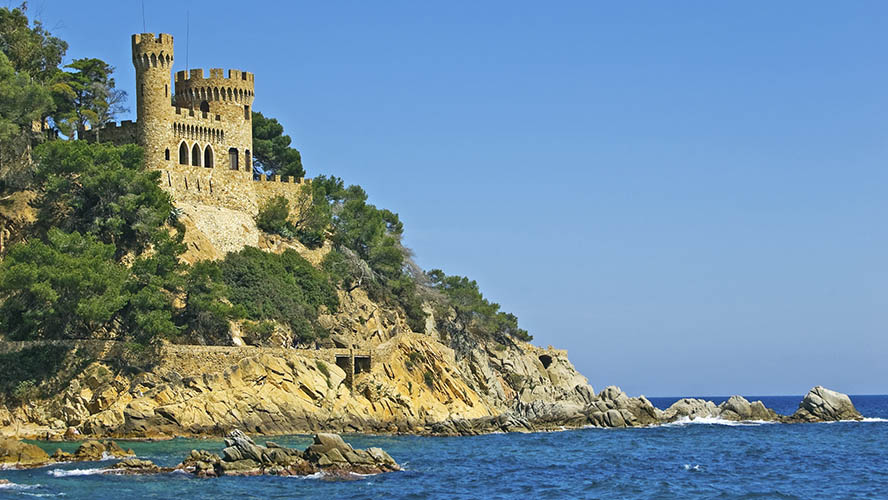
Blanes puts a glorious finishing touch to your trip with its two and half miles of beaches and coves. But that’s not all it has to offer travellers—it also has important Gothic monuments and two botanical gardens. One is the Jardí Botànic Marimurtra, a space that Carlos Faust first started to create in 1920. Wander its paths and admire over 4,000 Mediterranean and subtropical species, a pond, a folly and a viewpoint with stunning panoramic views.
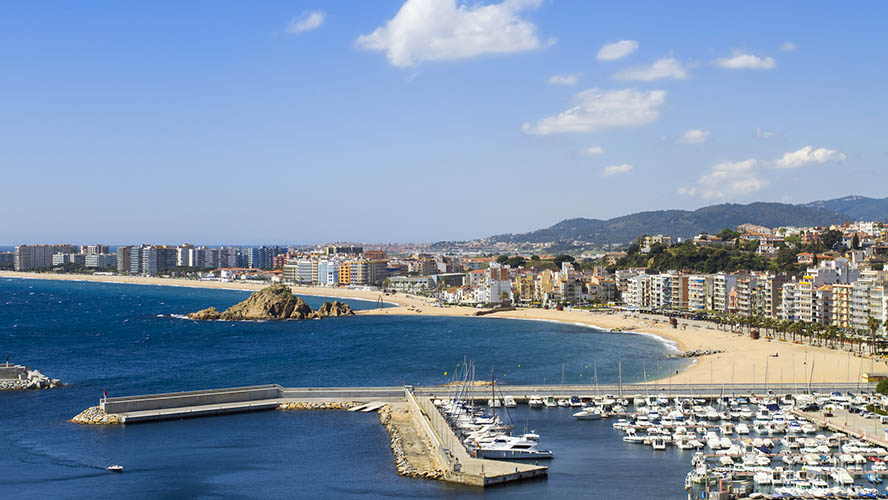
And with these views our tour of the Costa Brava villages draws to an end, but don’t hesitate to keep on exploring; Peralada, Besalú and the monastery of Sant Pere de Rodes are all worth a visit.
Beaches and natural spaces
Choosing the best beaches on the Costa Brava is tough because they all have something special. Some are wide with endless sand, beach bars and excellent services, while others are unspoiled, hidden coves. Some that shouldn’t be missed are: Cala Sa Boadella, near Lloret de Mar; Cala Pola, in Tossa de Mar; Sa Tuna, in Begur; Platja Es Castell, in Palamós; Port-Bo, in Palafrugell; and Platja Sa Conca, in Platja d’Aro. They’re all a safe bet.
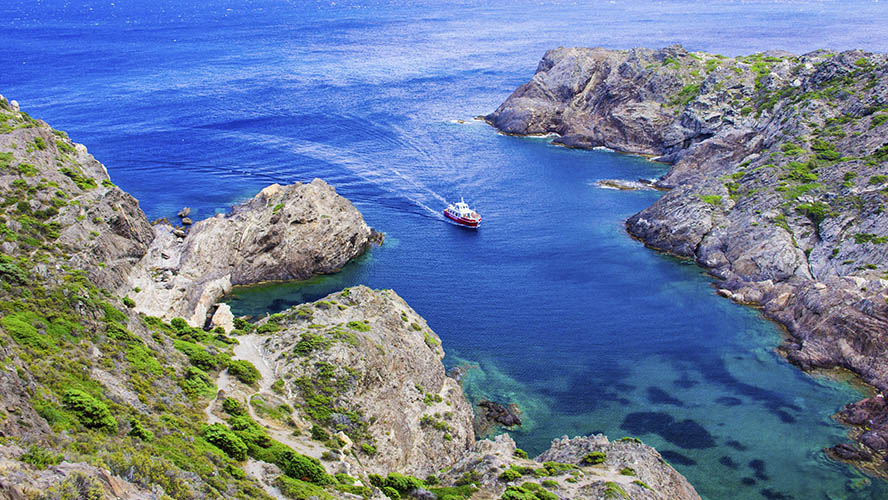
And if you fancy going on an excursion, you could visit the paths and coves in the Cabo de Creus Natural Park or sail to the Illes Medes to discover the sea life beneath the waves.




































































